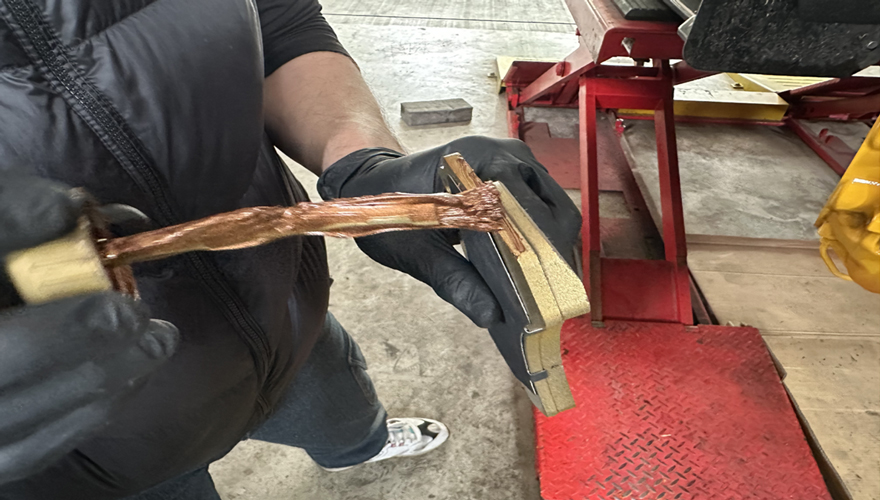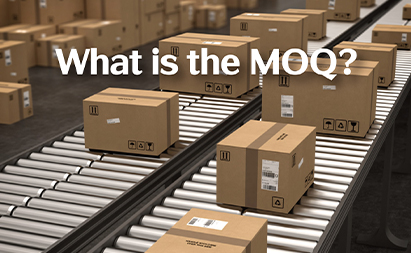Replacing automotive brake pads is a common maintenance task, but many car owners find that after installing new pads, they experience squeaking, metallic grinding, or squealing noises during braking. These sounds not only affect driving comfort but also raise concerns about the quality of the installation. In fact, such noises are often caused by overlooked details during the installation process. This article will provide comprehensive professional advice on how to prevent brake noise when installing brake pads, covering everything from material selection to installation procedures.

1. What Causes Brake Noise?
Brake noise is not always due to a defect in the brake pads themselves. Common causes include:
- Poor contact between brake pads and calipers - A typical issue is a stuck caliper piston.
- Contaminated or uneven brake disc (rotor) surface - This leads to irregular contact areas.
- Lack of anti-noise shims or lubricant - Without these, vibration frequencies cannot be offset, or sliding parts may become stuck.
- Incorrect installation angle or mismatched pad size - This can result in uneven wear and excessive vibration.
- Low-quality aftermarket products - Inferior materials and inconsistent manufacturing processes contribute to noise issues.
2. Five Key Tips to Prevent Noise When Installing Brake Pads
1. Thoroughly Clean the Caliper
- Use a professional brake cleaner to completely remove old brake dust, dirt, and debris.
- Check whether the caliper piston moves smoothly; if it's stuck or rusted, it must be cleaned and re-lubricated.
- Don't forget to clean all metal surfaces where the caliper bracket comes into contact with the brake pads.
2. Use the Correct Brake Lubricant Properly
- Apply high-temperature brake grease to the back of the brake pads and metal contact points (never apply it to the friction surface).
- Pay special attention to lubricating the sliding areas of the brake pads and the contact points with the caliper.
3. Properly Install Shims
- High-quality brake pads usually come with dedicated noise-reducing shims.
- Shims help offset vibration frequencies and significantly reduce brake noise.
- If the old shims are damaged or not included by the manufacturer, it's recommended to purchase them separately.
4. Importance of Rotor (Disc) Surface Treatment
- When replacing brake pads, always inspect the condition of the rotors.
- If the rotor surface has noticeable grooves, scoring, or warping, it must be professionally resurfaced.
- If the rotor thickness is near the minimum specification, consider replacing it with a new one to ensure even contact.
- The rotor is one of the most common sources of brake noise.
5. Correct Installation and Proper Bedding-In
- Ensure the brake pads are installed in the correct orientation—some products have specific inner and outer side placements.
- After installation, apply medium-to-light brake pressure 5–10 times to allow initial seating between the pads and rotor.
- Avoid hard braking during the first 300 km; use gradual, light braking to allow the friction material and rotor to fully bed in.
- Slight noise during the bedding-in period is normal and usually disappears once the process is complete.
3. Common Installation Mistakes and Their Potential Consequences
| Installation Error | Potential Problems | Solution |
|---|---|---|
| Neglecting to clean calipers | Brake binding, persistent noise | Disassemble and clean thoroughly, removing all residue |
| Accidentally applying lubricant to friction surfaces | Severely reduced braking power, extremely dangerous! | Must immediately replace with new brake pads |
| Incorrect installation direction | Abnormal wear, poor braking performance | Reinstall correctly, check if disc damage has occurred |
| Using poor-quality products without shims | High-frequency sharp noise, shortened lifespan | Replace with quality-guaranteed products, add anti-noise shims |
| Caliper piston not fully retracted | Difficult installation, may cause uneven wear | Use specialized tools to fully compress the piston before installation |

Conclusion: Installation Details Determine Brake Quality and Driving Safety
While the quality of brake pads is certainly important, many brake noise issues actually stem from overlooked installation procedures. From cleaning and lubrication to rotor inspection and using noise-dampening accessories, every step plays a critical role in braking performance and noise control.
Proper installation not only reduces brake noise effectively, but also extends the lifespan of both pads and rotors—ensuring optimal braking efficiency for a safer, smoother, and quieter ride.
Remember, safety always comes before silence. If you're unsure about your installation skills, seek professional assistance. After all, the braking system is one of the most vital safety components in any vehicle.
Reminder: This article is for reference only. For specific situations, please consult a professional.
ADUI is a specialized brake pads manufacturer. We offer brake pads in a variety of materials and can adjust performance and lifespan according to customer needs, providing products that best meet client requirements.





